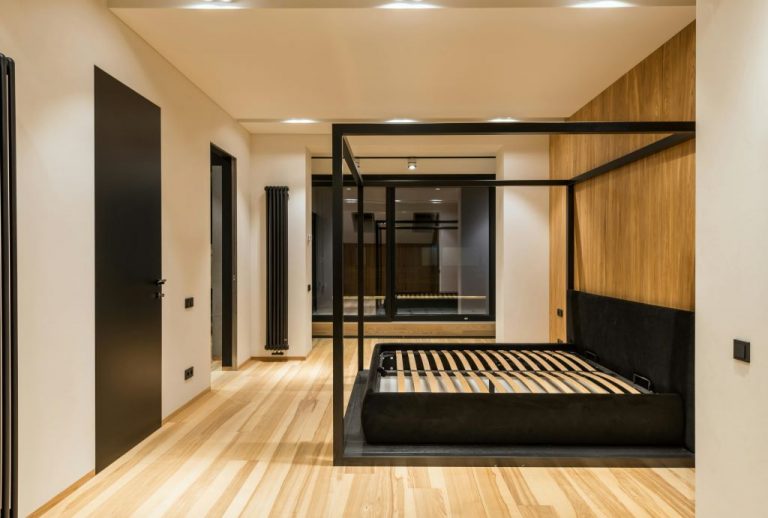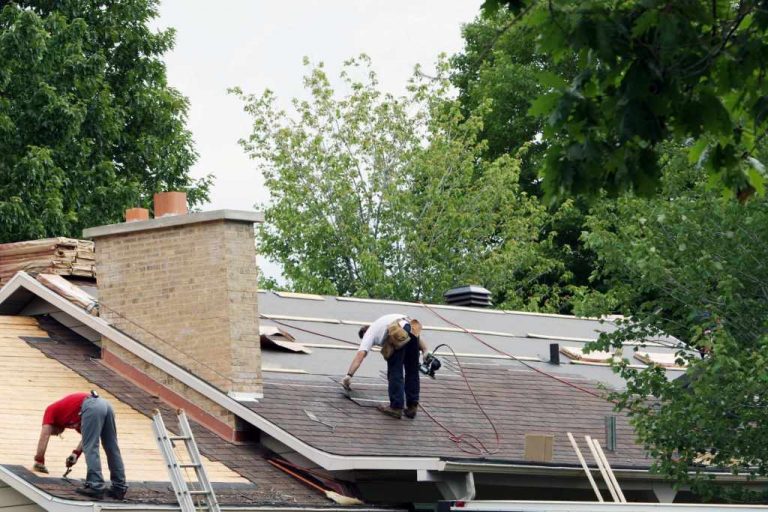Moving to a new home, especially over long distances, can be a daunting task. Along with the logistics of packing and transportation, ensuring the safety of your belongings, particularly delicate home decor items, becomes paramount.
Long-distance movers play a crucial role in facilitating smooth transitions during relocations, but the safe transport of home decor items requires careful planning and execution. In this comprehensive guide, we delve into the strategies and considerations necessary to safeguard your cherished decor pieces throughout the moving process.
Understanding the Importance of Safe Transport
Moving homes involves entrusting your belongings to movers, emphasizing the significance of safe transport. Home decor items, ranging from fragile ceramics to bulky furniture, hold sentimental and monetary value, making their protection essential.
Long-distance moves pose additional challenges due to extended travel durations and varied environmental conditions. Ensuring the safe transport of home decor items not only preserves their aesthetic appeal but also minimizes the risk of damage or loss, thereby easing the transition to your new residence.
Preparing Home Decor Items for Transportation
Proper preparation is fundamental to safeguarding home decor items during transit. Begin by conducting a thorough inventory of your belongings, identifying fragile or valuable decor pieces that necessitate special attention.
Secure fragile items such as glassware, ceramics, and artwork by wrapping them in protective materials such as bubble wrap or foam padding. Disassemble larger furniture pieces, ensuring all components are adequately labeled for reassembly at the destination.
Additionally, decluttering unnecessary items prior to packing reduces the volume of belongings, simplifying the moving process and minimizing the risk of damage.
Packing Techniques for Home Decor Items
Effective packing techniques are instrumental in preventing damage to home decor items during transportation. Utilize sturdy cardboard boxes of appropriate sizes for packing smaller decor pieces, ensuring they are tightly packed to prevent shifting during transit.
For fragile items, create cushioned layers within the boxes using packing peanuts, foam sheets, or crumpled paper to absorb shocks and vibrations. Wrap delicate items individually in bubble wrap or tissue paper before placing them in boxes, paying extra attention to corners and protruding parts susceptible to damage.

Securing Furniture for Transport
Securing furniture adequately is crucial to prevent damage during transit. Disassemble larger furniture pieces such as tables, chairs, and cabinets whenever possible to facilitate safer handling and transportation.
Keep all hardware components such as screws, bolts, and nuts organized and labeled to simplify reassembly at the destination. Use furniture blankets or moving pads to protect surfaces from scratches and abrasions, securing them in place with plastic stretch wrap.
Additionally, reinforce fragile areas or protruding elements with extra padding or cardboard to minimize the risk of damage during handling and transport.
Selecting the Right Long-Distance Mover
Long-distance movers like Atlanta Furniture Movers offer invaluable benefits in relocating home decor items, providing meticulous packing and wrapping to safeguard delicate pieces, secure loading and unloading procedures, and expertise in navigating logistics.
With numerous options available, it’s essential to carefully evaluate your choices to find a mover that meets your needs and prioritizes the safety of your home decor items. Consider the following factors when selecting a long-distance mover:
Reputation and Experience
A reputable moving company with years of experience in handling long-distance relocations is more likely to provide reliable and professional service. Research potential movers online and check customer reviews and testimonials to gauge their reputation and track record.
Licensing and Insurance
Ensure that the moving company you choose is properly licensed and insured to operate within your region and across state lines. Licensed movers are required to adhere to industry regulations and standards, providing you with peace of mind knowing that your belongings are in capable hands.

Services Offered
Evaluate the range of services offered by each moving company to determine whether they meet your specific needs. Some movers may offer full-service packing, loading, transportation, and unpacking, while others may provide a more basic level of service. Choose a mover that offers the services you require to streamline your relocation process.
Pricing and Estimates
Request detailed estimates from multiple moving companies to compare pricing and ensure transparency in costs. Be wary of movers who provide significantly lower estimates than their competitors, as they may be cutting corners or engaging in unethical practices. Choose a mover that offers competitive pricing while still maintaining quality service.
Special Handling Requirements
If you have fragile or valuable home decor items that require special handling, inquire about the moving company’s experience and expertise in transporting such items. Ask about their packing techniques, materials used, and any additional precautions taken to protect delicate belongings during transit.
Customer Support and Communication
Choose a moving company that prioritizes excellent customer support and communication throughout the relocation process. Responsive and helpful customer service representatives can address your concerns, provide updates on your shipment, and ensure a smooth and hassle-free experience from start to finish.
References and Recommendations
Seek recommendations from friends, family, or colleagues who have recently completed long-distance moves. Personal referrals can provide valuable insights into the quality of service provided by different moving companies and help you make an informed decision.
Implementing Protective Measures During Transit
Once the moving arrangements are finalized, implement protective measures to safeguard home decor items throughout the transit journey. Label boxes containing fragile items prominently with “Handle with Care” or “Fragile” markings to alert movers to exercise caution during handling.
Coordinate with the moving crew to prioritize the careful loading and positioning of delicate items within the moving truck, utilizing straps or tie-downs to secure them in place and prevent shifting during transit.
Monitor environmental conditions such as temperature and humidity levels, especially for sensitive decor pieces, to mitigate potential damage caused by fluctuations during transport.

Tracking and Communication Channels
Maintain open lines of communication with the moving company throughout the transportation process to address any concerns or inquiries promptly. Utilize tracking tools or software provided by the mover to monitor the progress of your shipment and receive real-time updates on its status and estimated arrival time.
Establish alternative communication channels such as phone or email to ensure accessibility in case of unforeseen circumstances or emergencies during transit. By staying informed and proactive, you can effectively oversee the safe transport of your home decor items and mitigate potential risks along the way.
Finalizing Delivery and Unpacking
Upon arrival at your new residence, oversee the delivery and unpacking process to ensure the safe handling of home decor items. Conduct a thorough inspection of furniture and boxes for any signs of damage or discrepancies compared to the inventory list.
Direct movers to place furniture and boxes in designated rooms according to your instructions, facilitating organized unpacking and setup. Unpack fragile decor items with care, removing protective packaging materials and inspecting them for any damage incurred during transit.
Prioritize the arrangement of decor pieces in their intended locations, transforming your new space into a familiar and inviting environment.
Conclusion
Smooth transitions during long-distance moves hinge on the safe transport of home decor items, requiring meticulous planning, preparation, and collaboration with experienced movers.
By understanding the importance of safe transport, implementing effective packing techniques, selecting the right moving company, and implementing protective measures during transit, you can ensure the preservation of your cherished decor pieces throughout the relocation process.
With careful attention to detail and proactive oversight, you can navigate the complexities of moving homes with confidence, enjoying a seamless transition to your new abode adorned with familiar and beloved decor.











